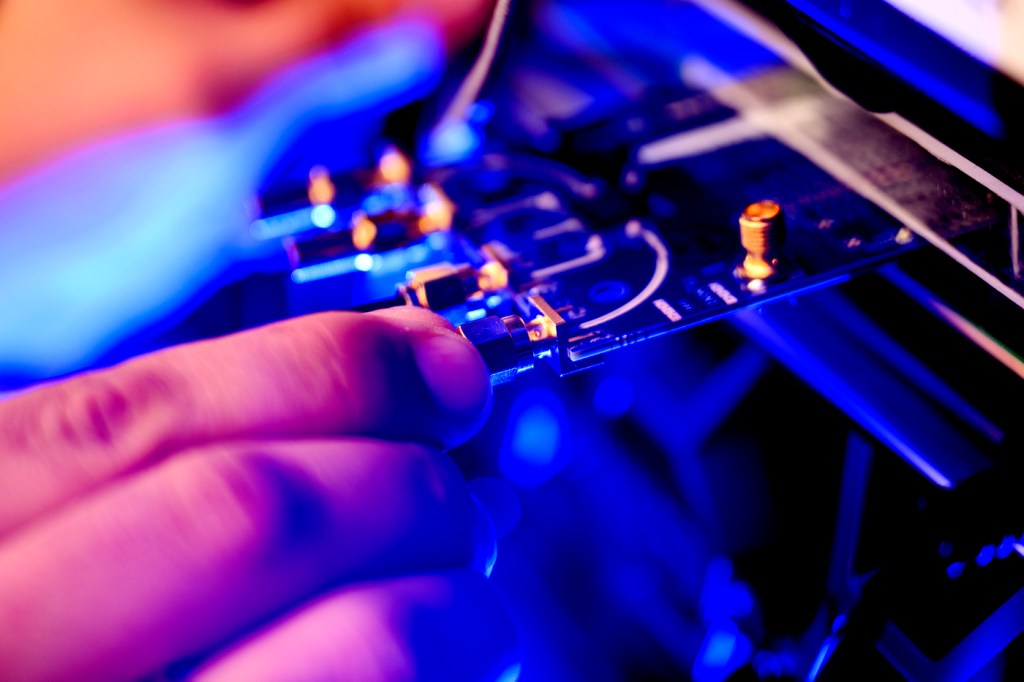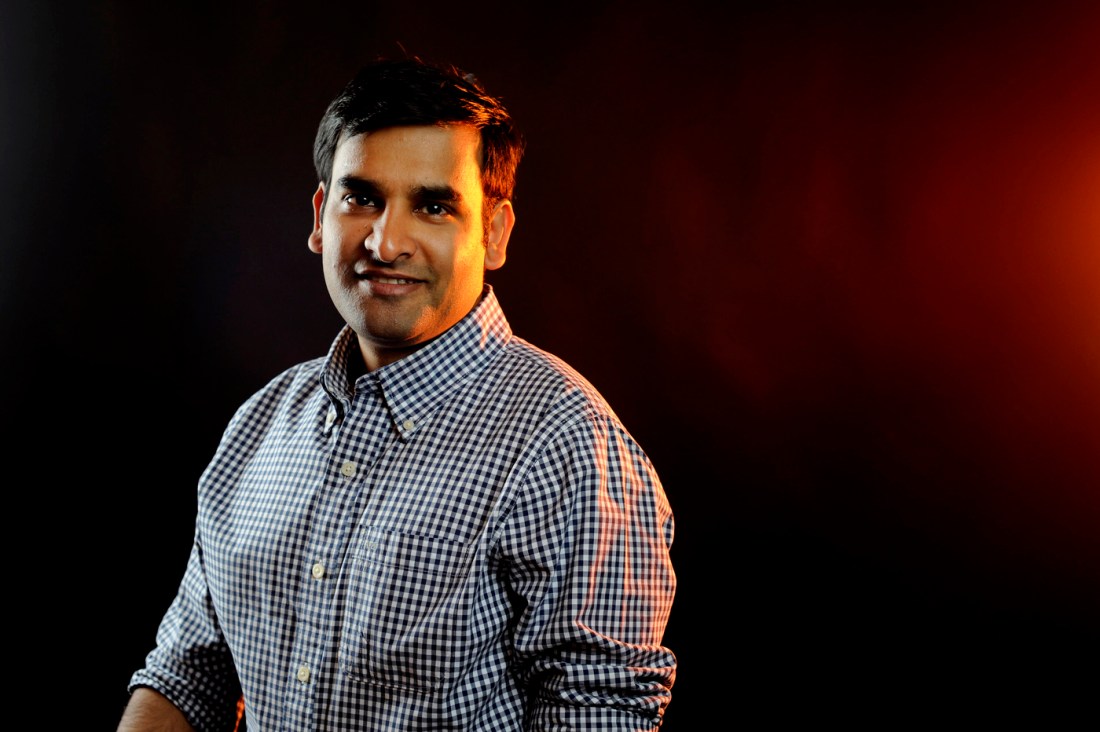Massachusetts is launching a new quantum computing project. An expert explains why that’s a big deal not just for the state but the world
A state-funded hyper-powerful quantum computer is coming to Holyoke. Devesh Tiwari, a Northeastern quantum computing expert, says it won’t be the last.

When Devesh Tiwari first started working on quantum computers, people would tell him, “This is not going to go anywhere.” A lot has changed.
Quantum computers, which use subatomic particles to far more quickly and more efficiently achieve what classical computers can, are pushing the boundaries of what computers can do. Tiwari, an associate vice provost for research computing at Northeastern University, says the work being done now is “the stuff made of dreams” and “leading and being part of an unique intellectual movement.”
Tiwari, who, along with the Goodwill Computing Lab that he directs, has been at the forefront of quantum computing for years, says there is a reason that industry leaders in finance, transportation and medicine have been steadily investing more in quantum computing.
Eying the future, governments and companies across the world are now investing in the ultra-powerful computing technology. Most recently, the state of Massachusetts invested $5 million to launch a quantum computing project in Holyoke. The state partnered with QuEra, a Boston-based company and major player in the quantum computing space.
Tiwari says the project is just the beginning of where quantum computing is headed.
“I wouldn’t say Massachusetts will be the only one, and I won’t say we will be the last one to do it,” Tiwari says. “You will see more such investment throughout the U.S. and throughout the world. … This is the time to do quantum computing.”

Today, standard computers and even supercomputers can achieve a lot, but there are some computational problems that are simply too complex for them to handle. Issues in cryptography, and supply chain optimization that would take a supercomputer a million years to solve, quantum computers can achieve in minutes.
Quantum computers can even help expedite the discovery of new drugs, Tiwari says.
Featured Posts
“Figuring out what is the best drug for one particular person and the computer simulations of how to design new drugs has the potential to be sped up drastically by quantum computers,” Tiwari explains. “What it really means is we will really make a lot of progress towards better drug discovery or better drug development.”
The fact that Massachusetts Gov. Maura Healey’s administration is investing in quantum computers is a big deal not just for the Bay State but for the world. For Tiwari, it indicates that people in positions of power are seeing the promise of a technology that for years was seen as the stuff of the far-future.
The things his Goodwill Computing Lab is achieving are the kinds of advances that “if you told this to somebody three years back, they would laugh at you.” His group was among the first to use real IBM quantum computers to generate high-quality images using quantum generative adversarial networks, a first of its kind demonstration. Tirthak Patel, Tiwari’s PhD student and now a professor at Rice University, pioneered and led the development of innovative neutral atom quantum compilers, the same kind of technology QuEra is using in the Massachusetts-backed project.
But there is still more work to do, he says. It’s why when he inevitably gets asked whether quantum computing is “here” or not, he always gives the same answer: “Quantum computing is here and also not here, both at the same time –– in truly quantum style.”
Some of the biggest questions in the world of quantum computing continue to revolve around how error-prone the technology is –– something Tiwari and his team are already working on –– as well as how to expand its utility.
The Goodwill Computing Lab is working to answer some of these questions and make the things that might seem impossible today into standard operating procedure for quantum computers tomorrow. Tiwari’s team, led by Daniel Silver and Aditya Ranjan, is already building out natural language processing and even machine learning capabilities for quantum computers.
Tiwari says a research study in his group has already reached 90 percent accuracy with some creative quantum machine learning techniques. Although that’s lower than what classical supercomputers can achieve, his team often hits that level of accuracy with much fewer machine learning parameters and much smaller-scale quantum computers.
“It’s scientifically challenging and fun, both at the same time” Tiwari says. “We are putting very high order goals in front of us and seeing if we can beat them. … You somehow have to think about the future, invent it and then people believe it.”











